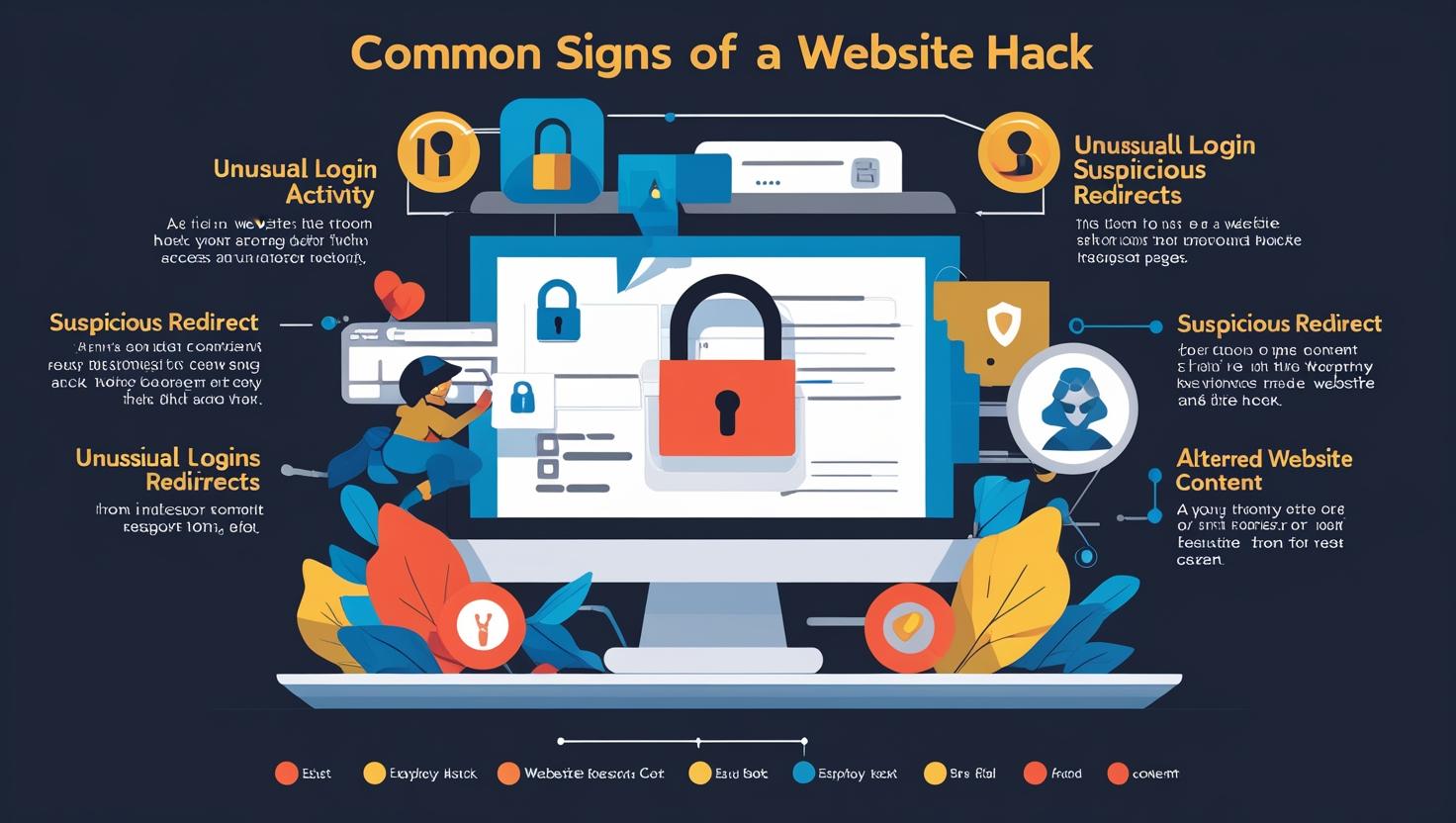
- June 1, 2025
- Security & Best Practices
How to Detect if Your Website Has Been Hacked
In 2025, website hacks are more sophisticated and harder to detect. Whether you're running a blog, business site, or eCommerce store, you can't afford to ignore the signs. A hacked website can harm your SEO rankings, compromise user data, and damage your reputation.
Here’s how to detect if your website has been hacked—before it’s too late.
1. Unexpected Changes to Your Website
One of the first signs your site may be hacked is visual or content changes you didn’t make.
What to look for:
-
Unfamiliar pop-ups or banners
-
New pages or blog posts you didn’t publish
-
Defaced homepage or altered logos
Hackers often inject spammy content or redirect traffic to malicious sites to exploit your visitors.
2. Website is Flagged or Blacklisted
If your website has been compromised, search engines like Google may blacklist it to protect users.
Signs of blacklisting:
-
Your site doesn't appear in search results
-
Visitors see warnings like “This site may be hacked” or “Deceptive site ahead”
-
Google Search Console sends a security alert
You can use tools like Google Safe Browsing to check your site status.
3. Slow Performance or Downtime
Hacked websites often experience slower loading speeds or frequent crashes due to malware or unauthorized scripts running in the background.
Monitor:
-
Sudden drops in speed
-
High server resource usage
-
Unusual traffic spikes, especially from unknown IPs
Using a performance monitoring tool can help you catch these issues early.
4. Unauthorized Admin Access or New User Accounts
Hackers may create new admin accounts or gain access to your dashboard.
Warning signs:
-
New users with admin roles
-
Login activity from unknown IP addresses
-
Password reset emails you didn’t request
Check your user logs and remove any suspicious accounts immediately.
5. Security Scanner Alerts
Using a malware scanner or firewall service will help you spot hidden issues.
Recommended tools:
-
Sucuri SiteCheck
-
Wordfence (for WordPress)
-
VirusTotal URL scanner
These tools can detect injected code, malicious redirects, or known malware signatures.
6. Emails from Your Domain Marked as Spam
If your site is hacked, attackers may use your server to send spam emails.
Check for:
-
Users reporting spam from your domain
-
Emails bouncing due to blacklisting
-
Your domain listed in spam databases like Spamhaus
You should also review your SPF, DKIM, and DMARC records for anomalies.
7. Unusual Changes in SEO Rankings or Traffic
Malicious redirects, spammy backlinks, or injected keywords can damage your SEO.
Red flags:
-
Sudden traffic drops
-
Rankings for strange or unrelated keywords
-
Google Search Console warnings
Use analytics and SEO tools to detect unexpected changes.
Final Thoughts
Detecting a website hack early can save you from serious consequences like data loss, SEO penalties, and brand damage. In 2025, proactive monitoring is essential. Keep your site secure with regular scans, updates, and backups—and stay alert for anything unusual.









